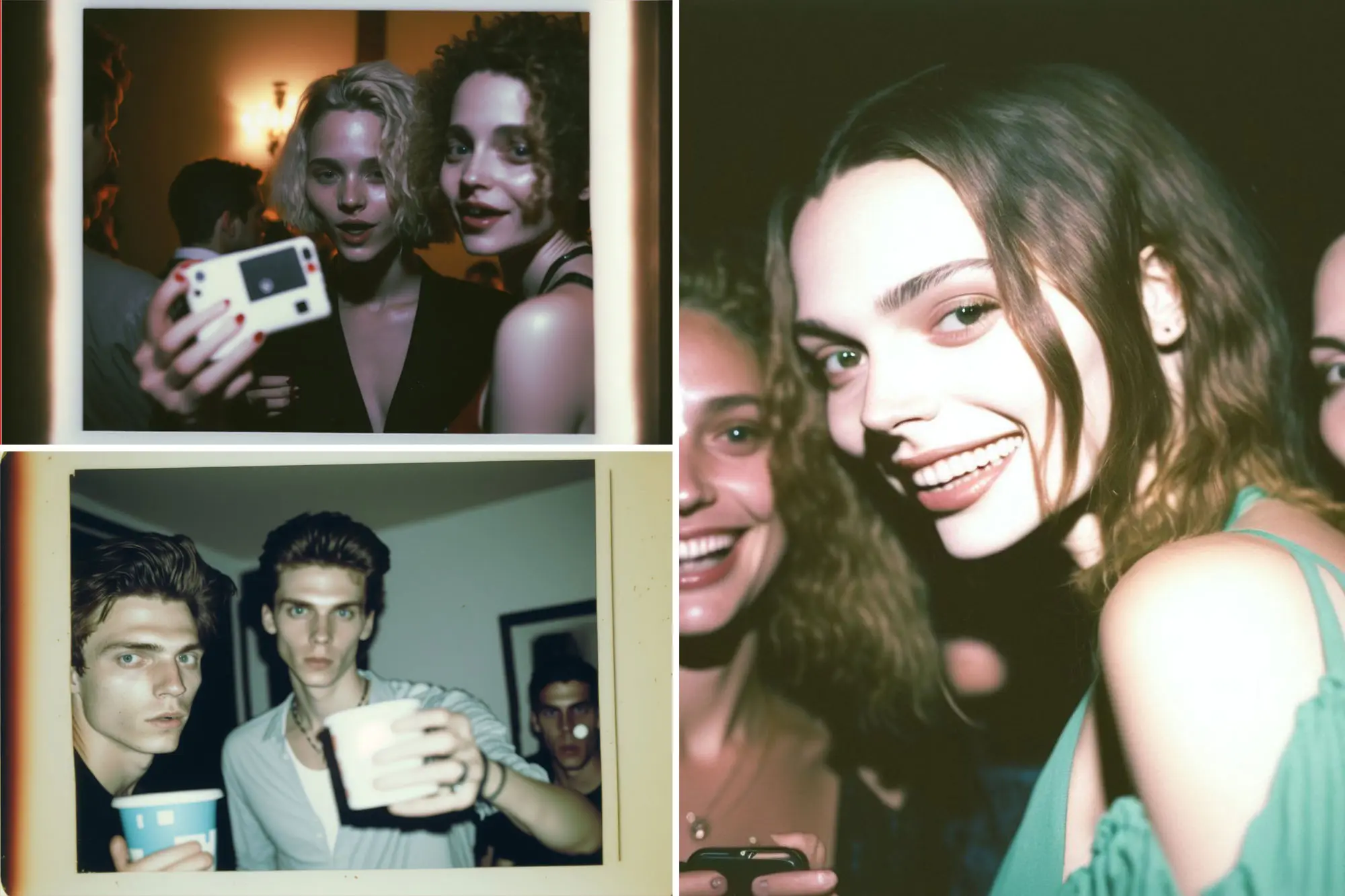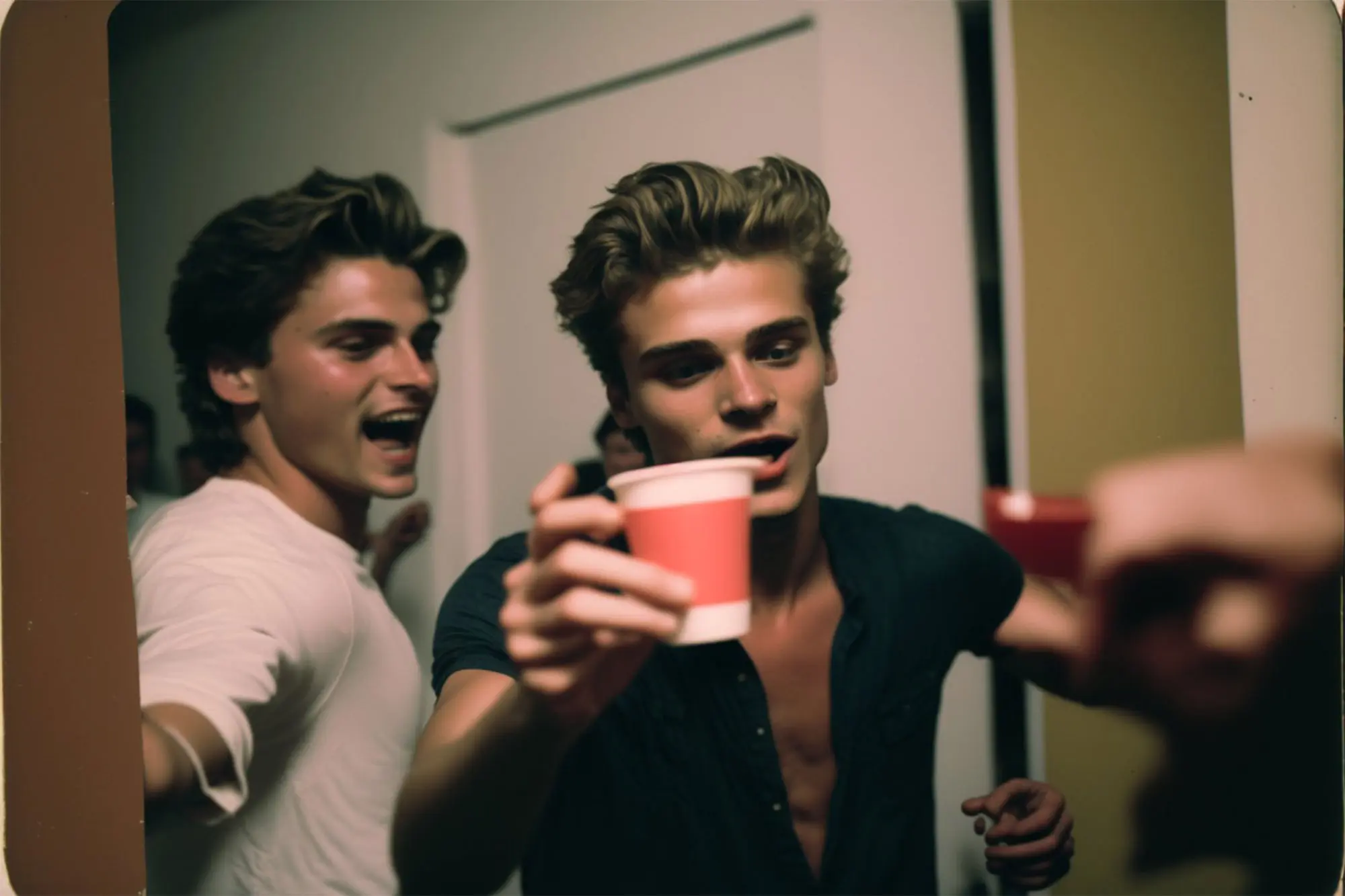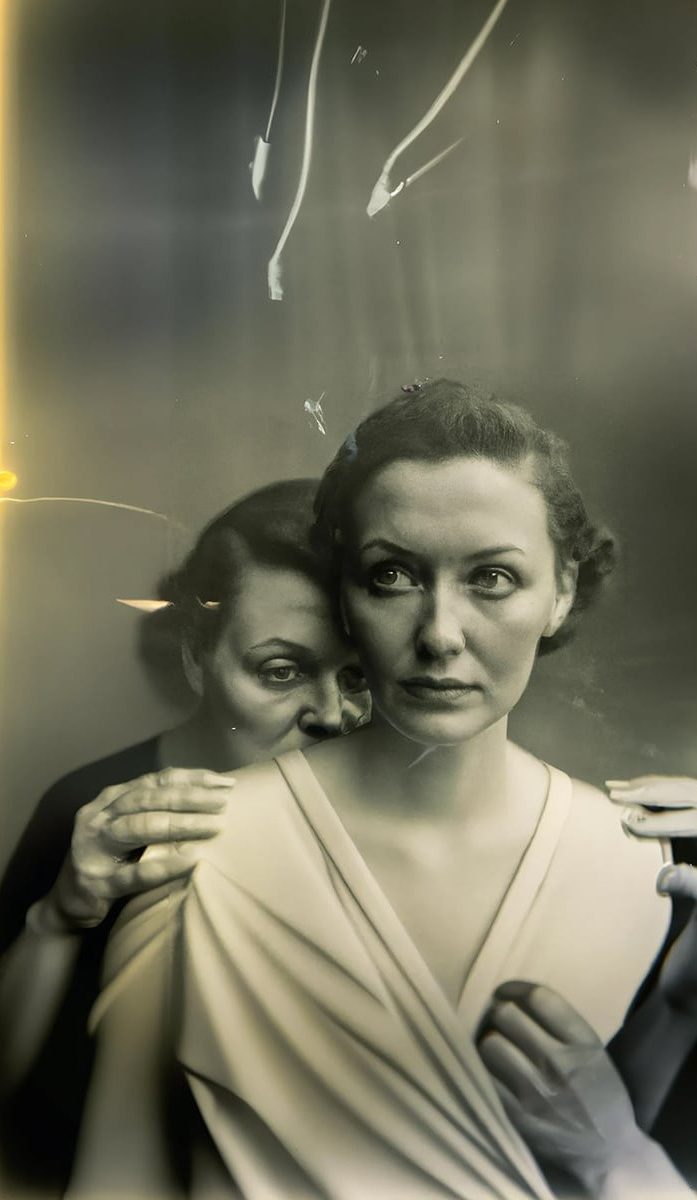
Following the recent controversy surrounding Boris Eldagsen’s refusal to accept a prestigious photography award for his AI-generated image, many are curious about how AI photographs are created. Here’s a simple, easy-to-understand explanation of the process behind generating artificial intelligence-based photographs.
What is AI in photography?
AI, or artificial intelligence, refers to developing computer systems that can perform tasks that usually require human intelligence. In photography, AI can generate images that mimic the visual appearance of real photographs. These AI-generated photographs are created using complex algorithms and large datasets, allowing the computer system to ‘learn’ and create new, unique images.

Twitter user @mileszim used an AI-generating platform to create these images.
How AI generates photographs
- Collecting data
The first step in generating AI-based photographs is to collect a large dataset of images. This dataset serves as the “training data” that the AI system will use to learn about photographs’ various features, patterns, and styles. The larger and more diverse the dataset, the better the AI system can learn and create a wide range of images.
READ MORE: Every piece of AI entertainment has the same problem
- Training the AI model
Once the dataset is collected, the AI system is trained using a type of algorithm called a neural network. This is a computational model inspired by the human brain’s neural networks. The neural network processes the input images, learning to identify and recognize the photographs’ patterns, features, and styles. The more images the neural network processes, the better it becomes at generating new, unique images.
- Generating new images
After the AI model has been trained, it can generate new images based on its learned patterns, features, and styles. This is usually done through “sampling,” in which the AI system randomly combines elements from the training dataset to create entirely new images. These generated images can sometimes be nearly indistinguishable from real photographs, as demonstrated by Eldagsen’s award-winning entry.

The AI photograph Boris Eldagsen submitted to the Sony World Photography Awards and won
What is the debate around AI-generated photographs?
The controversy surrounding Eldagsen’s AI-generated image has ignited a debate about the role of AI in photography. Some argue that AI-generated photographs should be considered a separate art category, distinct from traditional photography. Others believe that AI-generated images have the potential to enhance photography by providing new creative possibilities.
READ MORE: Artificial intelligence is the future of music – here’s why you shouldn’t worry
However, concerns have also been raised about the ethics of AI-generated photographs, especially regarding the potential for deepfakes and image manipulation. As technology advances and becomes more accessible, addressing these concerns and establishing guidelines for the responsible use of AI in photography is crucial.
AI-generated photographs are an intriguing development in photography, offering new creative possibilities while raising critical ethical questions. By understanding the basics of how these images are created, we can better appreciate the technology behind Eldagsen’s controversial entry and engage in informed discussions about the future of photography in the age of artificial intelligence.


